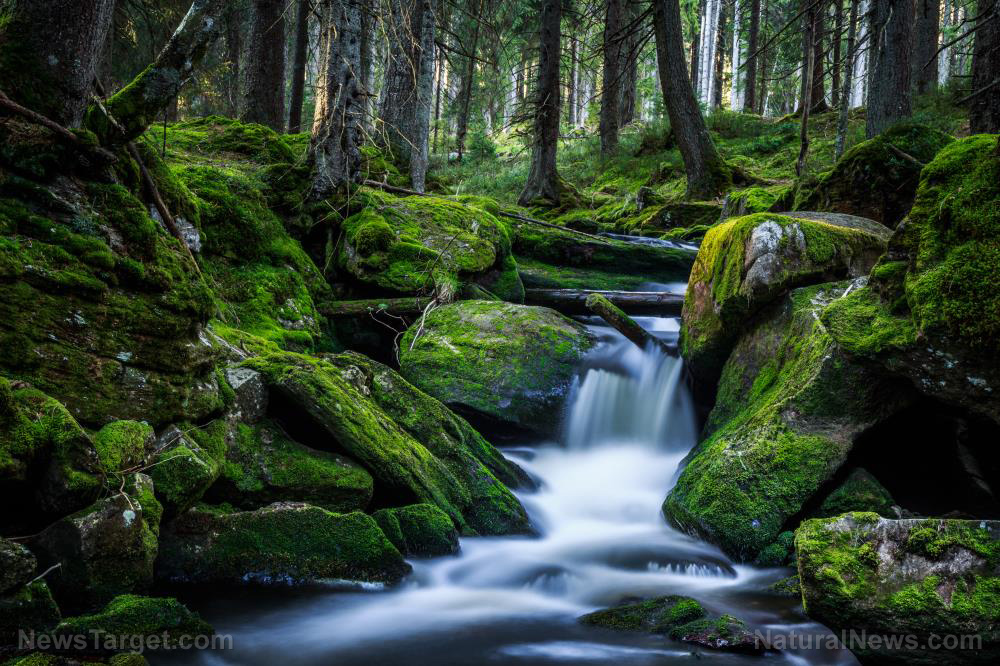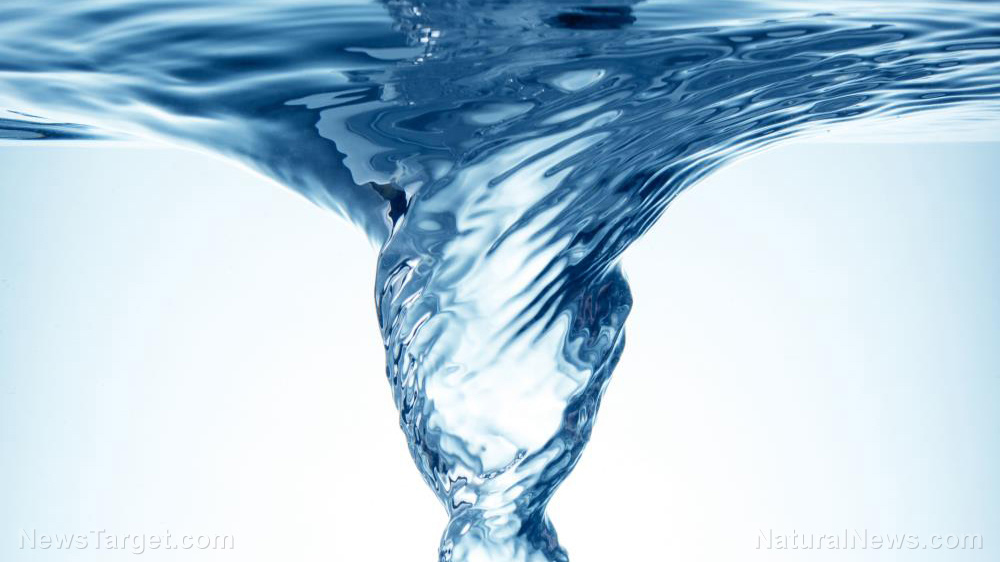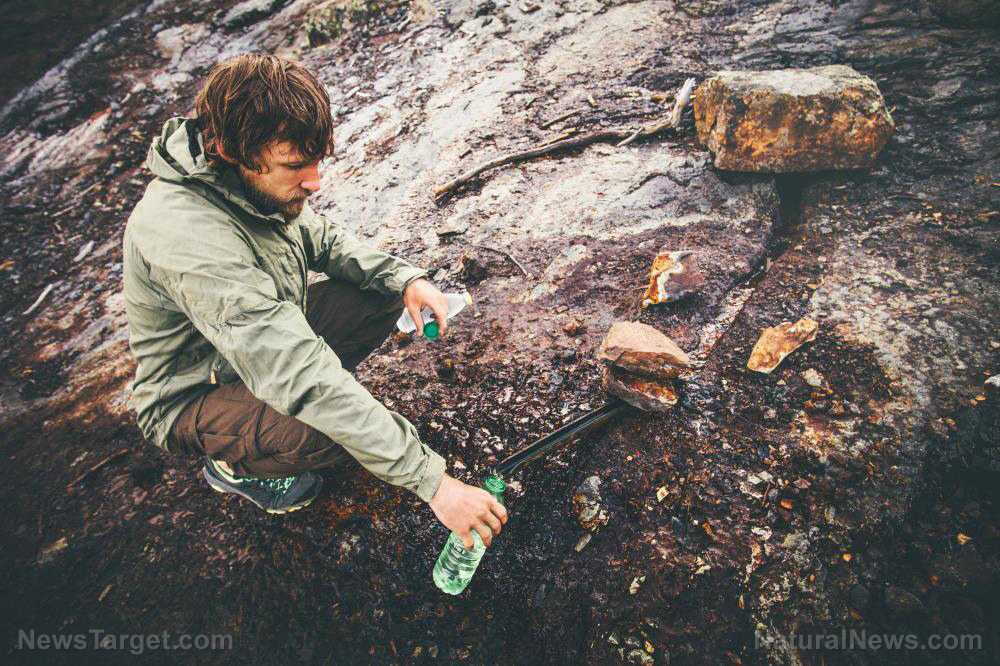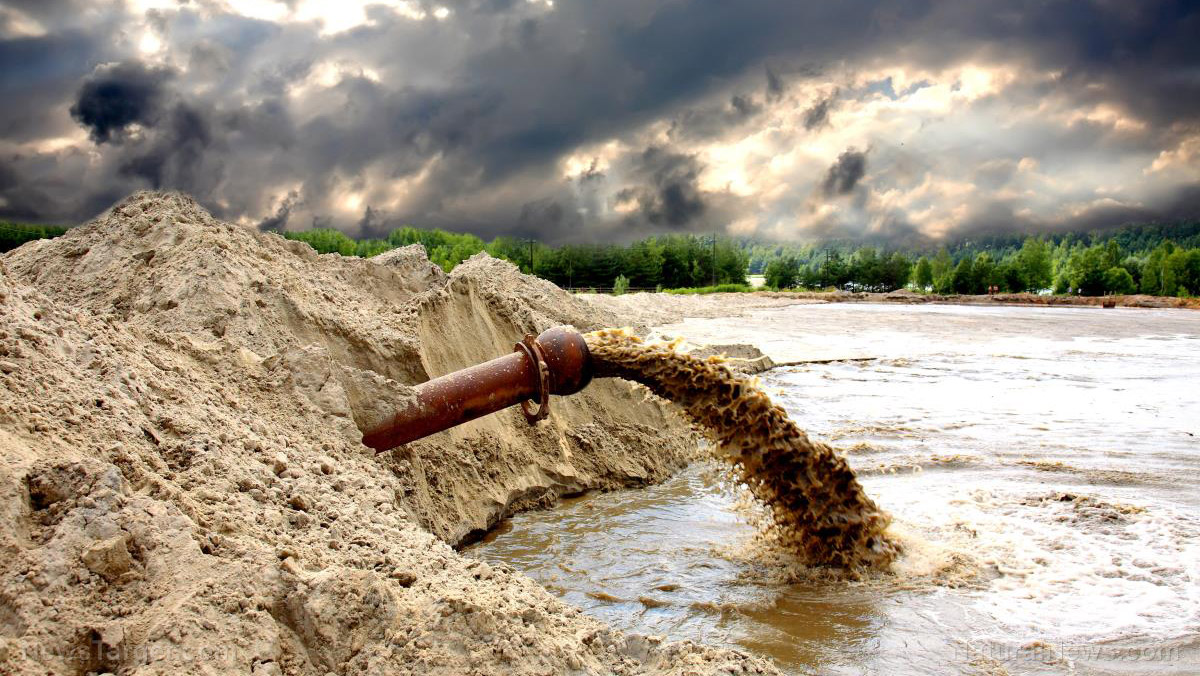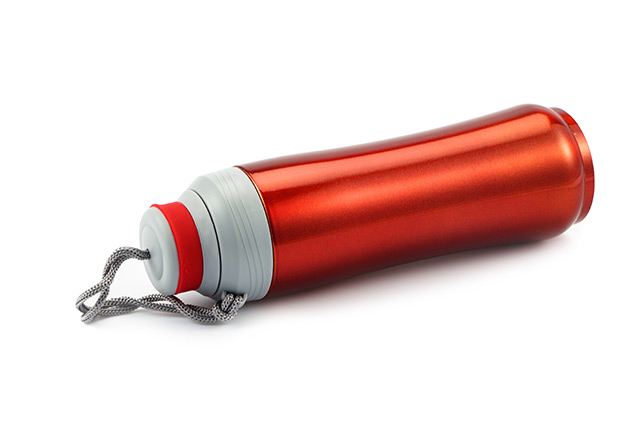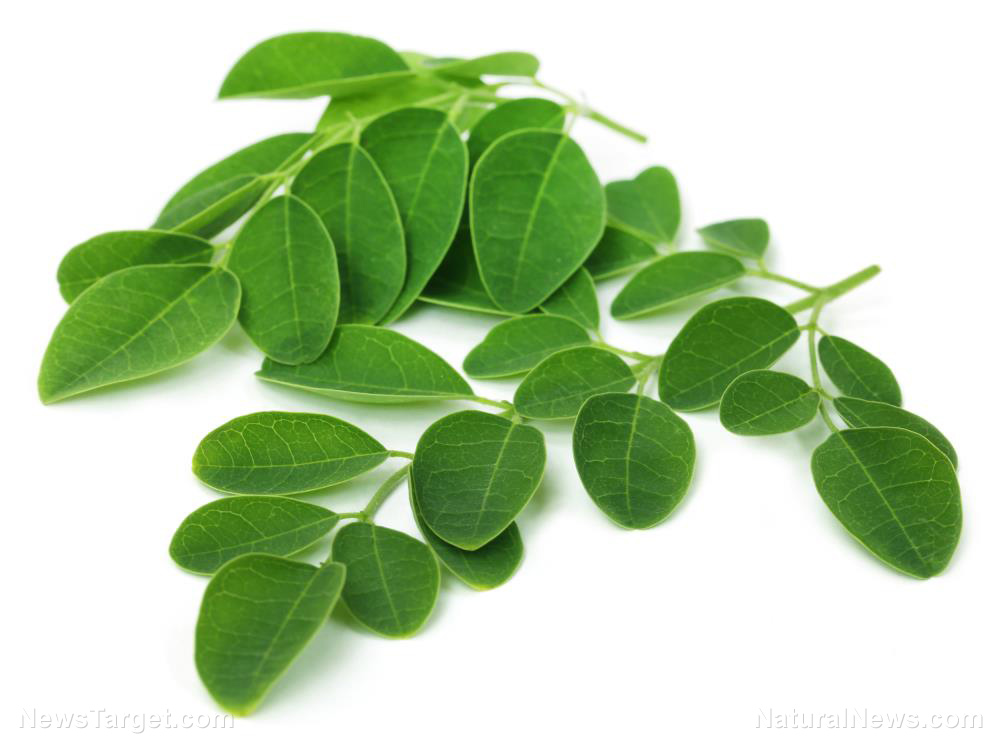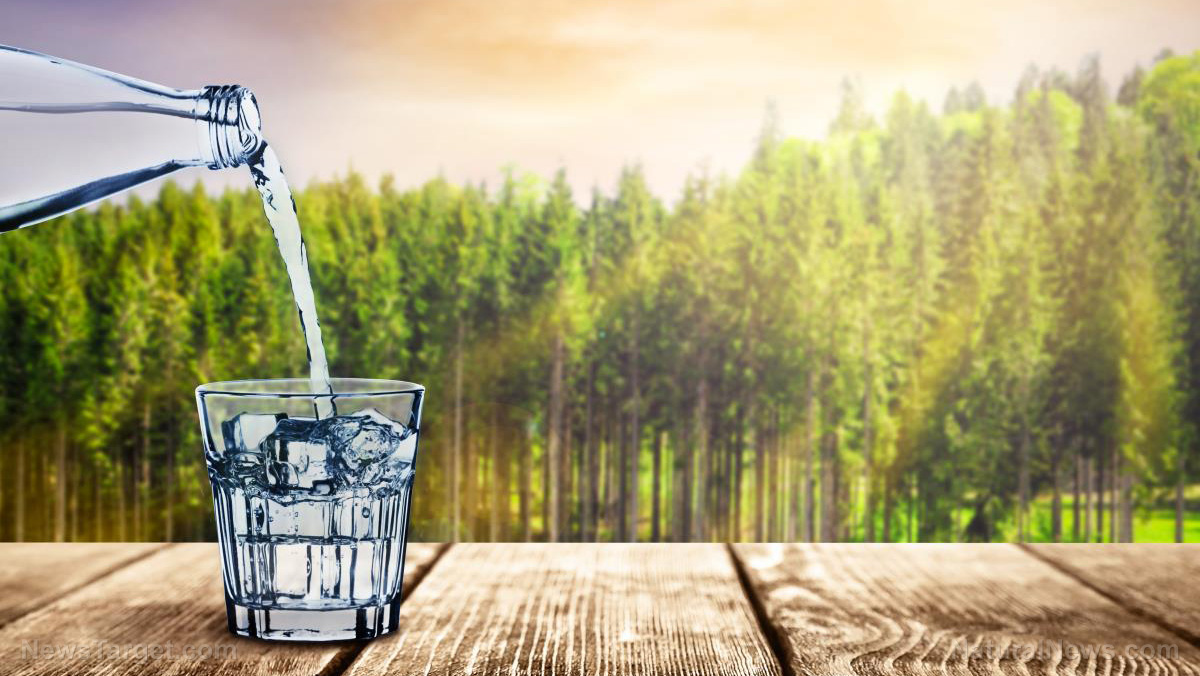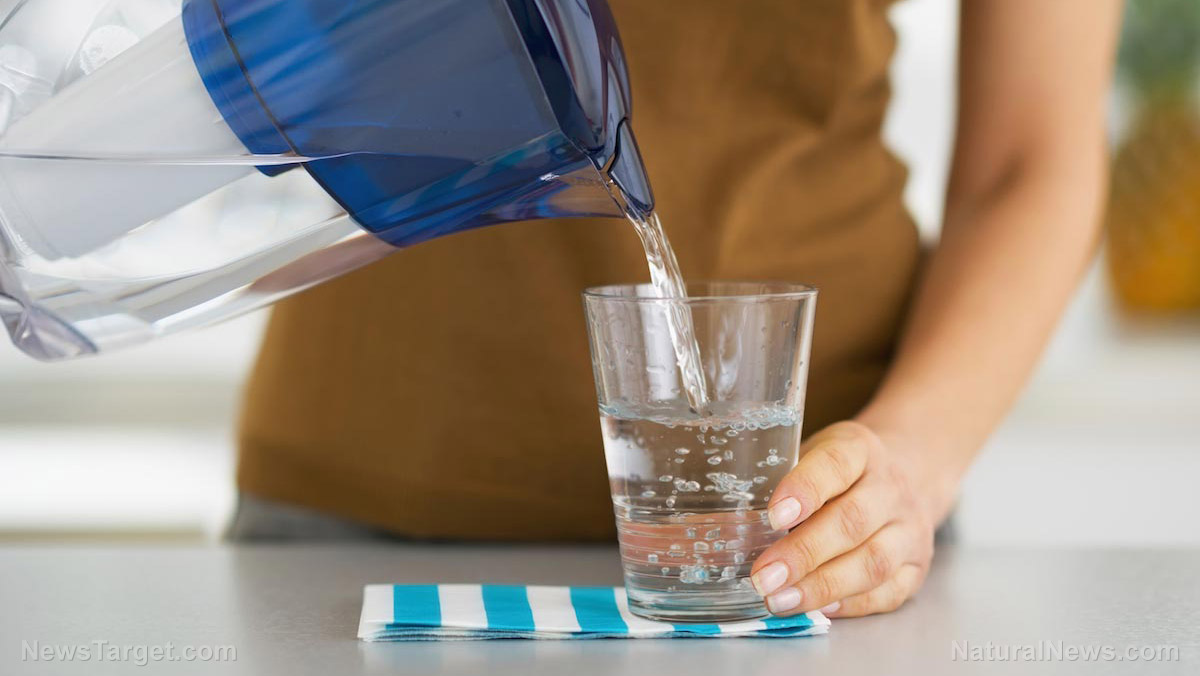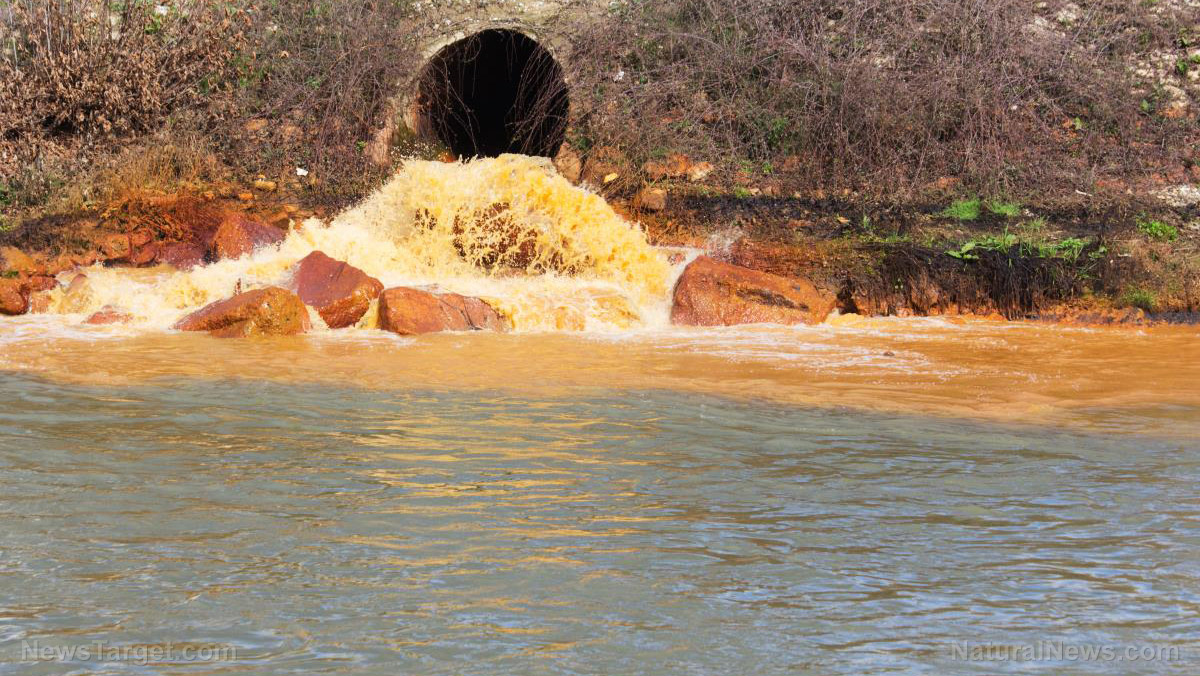Climate and pollution: De-icing salt has increased salt concentrations in lakes and waterways as much as a hundredfold in the last 50 years
10/12/2018 / By Zoey Sky

According to experts, we must come up with less-harmful options to road salt when winter comes and roads turn into dangerous “ice rinks.” Researchers believe that road salt is now harming the country’s waterways and that various organisms such as fish, frogs, and microscopic zooplankton could be in danger.
For years, salt has been strewn along sidewalks and onto highways because it is “the cheapest and most effective way” to minimize pedestrian falls and traffic accidents when there are winter storms.
However, according to data, the excessive amount of sodium chloride crystals being used in the Northeast and Midwest “are increasing the salinity of hundreds of lakes.” At least 20 million tons of road salt is being used nationwide annually.
Victoria Kelly, a road salt expert from the Cary Institute of Ecosystem Studies in New York, warns that the “the impacts of road salt on organisms and ecosystems,” are starting to become alarming. She adds that there is an increase in salt concentration in lakes, streams, and river waters.
Experts are starting to wonder: “What is going to happen to the organisms living in freshwater bodies and what will happen to the freshwater bodies as a whole?”
When cities expanded, highways were built, and motorists came to expect clear roads, salt became the primary de-icing agent of choice. Salt was reportedly first used in New Hampshire in the 1940s. Over a million truckloads of salt are deployed annually during ice-prone conditions, especially in the Northeast and Midwest.
However, a lot of state and local agencies are looking into ways to cut down on salt use now that its environmental impacts are being brought to light. Other options include high-tech equipment that can spread salt more efficiently, better weather forecasting that came improve salting times, and liquefied organic additives that can help salt stick to pavement and minimize its use.
Agencies from New Jersey to North Dakota now use a mixture with beet juice while those in New Hampshire and Maine use a type that has molasses. Highway departments are now using beer waste, pickle brine and, in a county in Wisconsin, cheese brine. (Related: Cities consider switching from corrosive salt to natural beet juice for de-icing roads.)
Other natural alternatives to road salt include organic waste. Scientists from Wageningen University & Research are studying calcium magnesium acetate, which, while expensive, is a more efficient de-icer. The acetate, a byproduct of the fermentation of certain bacteria, comes from organic waste like roadside grass and kitchen garbage.
Another option includes potato juice, a “waste product of vodka and rum distillation.” It is used as a de-icing agent in Tennessee’s snowy mountain roads. Potato juice is sold as “Magic Salt,” and it’s mixed with traditional salt brine. Magic Salt may be more effective when used at lower temperatures than Tennessee’s, and it’s not as corrosive to vehicle metals compared to salt.
Jonathan Rubin, director of the Margaret Chase Smith Policy Center and lead author on “a 2010 report on the cost and benefits of salting Maine roads,” said, “Adding salt to the environment does have negative impacts, but for those of us in the Northeast, especially in rural states, where driving is the predominant way of getting around, we need mobility.” He believes that while it may be difficult to completely halt the use of road salt, we should consider ways to minimize usage.
Every year, salt corrosion costs billions of damage to cars, bridges, and roads. Adding to this is growing proof that road salt is “making freshwater ecosystems saltier.” For the past five decades, chloride concentrations in several lakes and rivers have quadrupled. Meanwhile, it went up a hundredfold in a handful of bodies of water.
In 2016, a study in the Proceedings of the National Academy of Sciences determined that over 40 percent of 327 lakes investigated showed signs of “long-term salinization” while over a thousand are at risk. The researchers also speculate that almost 50 lakes included in the study, such as small ones in “Minnesota, Wisconsin, and Rhode Island” will go over the Environmental Protection Agency‘s (EPA) chloride threshold concentration in 2050. This doesn’t bode well for the safety of aquatic life.
Results from experiments at the Rensselaer Polytechnic Institute aquatic lab, located in Troy, New York, show that higher salt concentrations lowered the growth rate of rainbow trout and minimized the abundance of zooplankton.
Zooplankton refers to the tiny animals or larvae that are an important part of the aquatic food chain. They also have a significant role when it comes to keeping bodies of water clean.
William Hintz, from Rensselaer Polytechnic, adds that high road salt concentrations cause “reductions in growth, reduction in the diversity of species within a system,” and it also affects the reproduction of certain species.
You can read more articles about water safety and how to minimize water pollutants at Cleanwater.news.
Sources include:
Tagged Under: de-icing, Ecology, ecosystem, environment, road salting, salt concentration, sodium chloride, toxic chemicals, toxins, water health, waterways, winter storms


